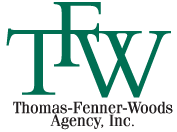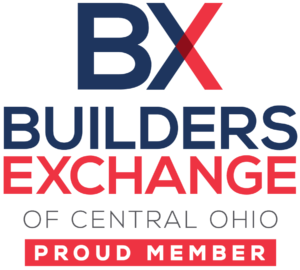I see Human Resource Information Systems (HRIS) as the equivalent of “QuickBooks for managing the workforce.” They can handle employee data beginning with payroll right through to COBRA administration. Along the way, HRIS systems offer bells and whistles to help manage this data, including payroll, benefits administration, leave management, learning management, and more.
As a rule, companies with 100 employees or more have dominated the HRIS market, because these systems require a significant investment in time and money – with little short-term return. However, increasing competition in the upscale market means that HRIS providers are beginning to target smaller employers.
Here are some of the trends with these systems:
- Integration with social media platforms, including everything from Facebook to Twitter, et al.
- An improved interface that makes the system easier to use and more inviting for employees.
- Tie-ins to insurance billing (real time Workers Comp billing, benefits billing, etc.)
- Mobile access, including for time-keeping purposes, as well as integration with tablet accessibility (iPads, etc.)
- Greater assistance with online recruiting and link to recruiting portals.
- Increased use of “talent analytics” that help with recruitment, workforce planning, and succession planning, together with improved analysis of workforce facts, trends, etc.
- The “gamification” of these systems.
- Influence of “the cloud” — the storage of data maintained on secure third-party Web sites, rather than your own site (like HR That Works). Of course, you’ll have to make sure that these third-party sites are, in fact, secure.
- Integration of career planning “dashboards.”
- Increased usage of paperless technology for everything from submitting resumes to electronic signatures on documents.
- Integration with employee wellness programs.
The main advantage of an HRIS system, as with a QuickBooks program, is having well managed data. HRIS advertising stresses the time saved in pulling reports on such topics as turnover. However, most smaller companies already know their turnover level.
Second, bear in mind that companies using HRIS are already running at 75 mph. Where will they get more time to use the system? When analyzed properly, do these systems really save time? Are HRIS bells and whistles truly related to corporate strategy or are they nothing more than distracting shiny objects?





